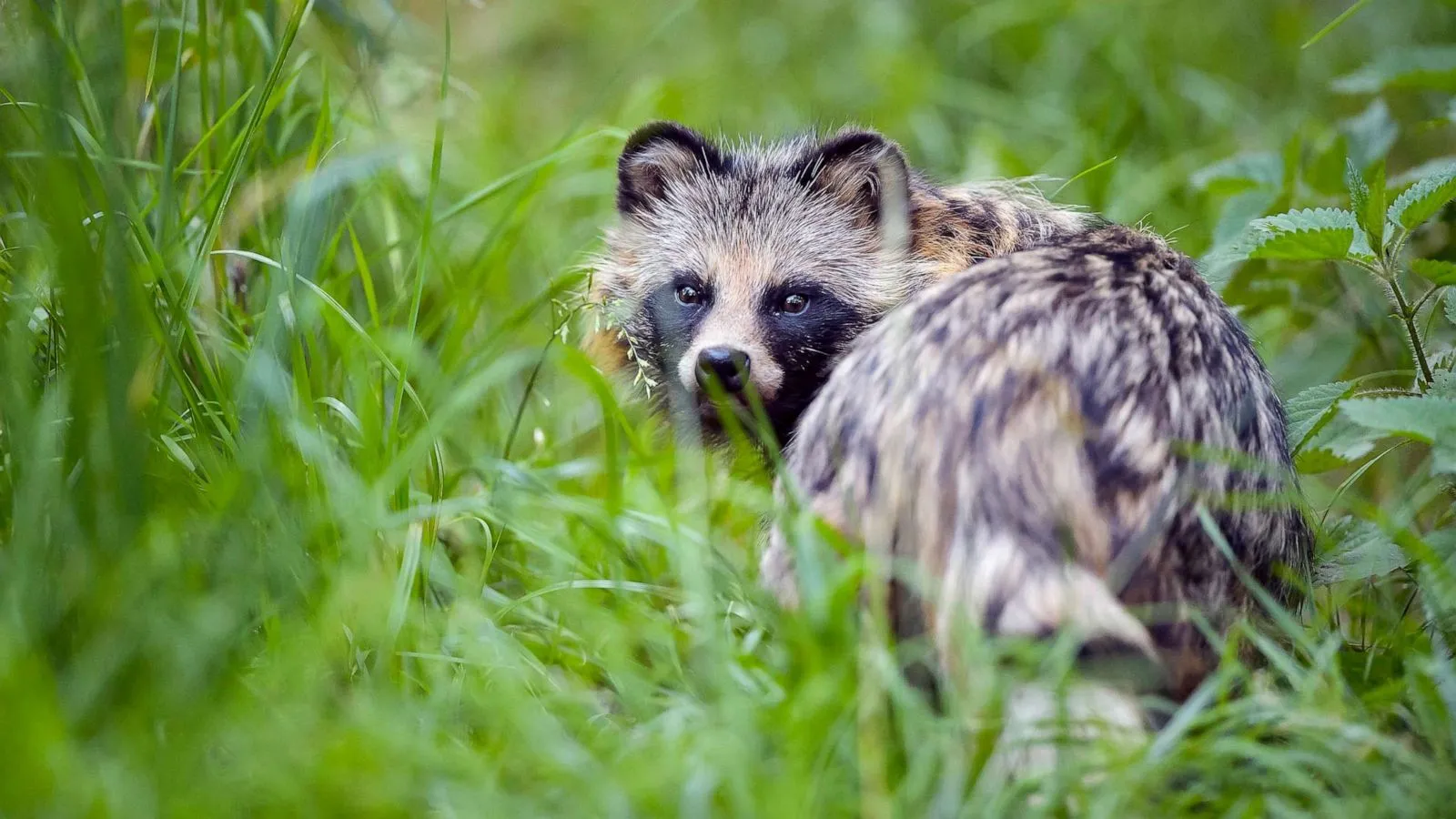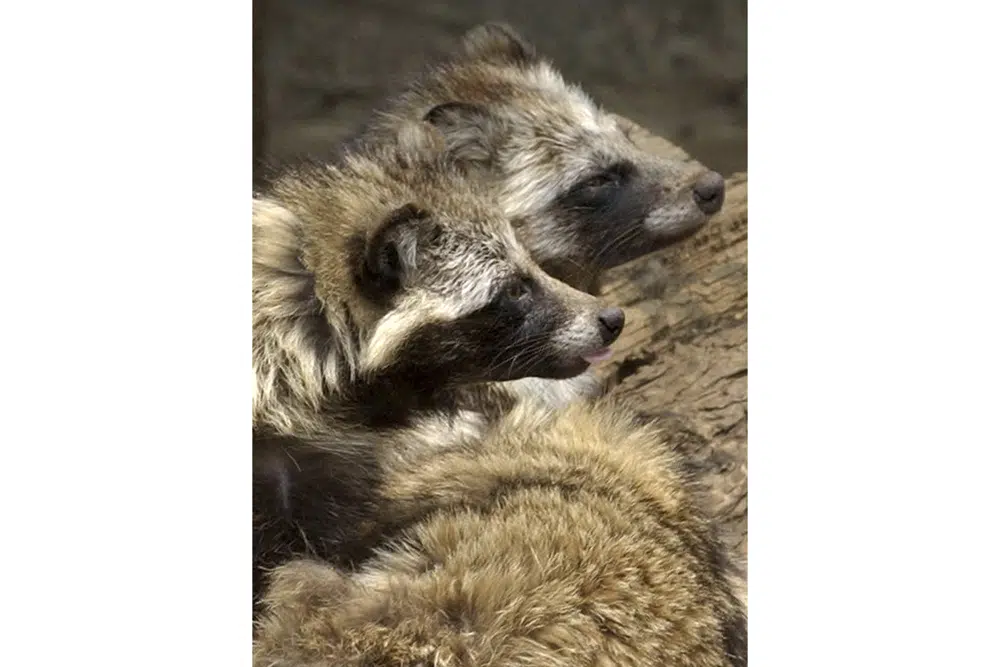Covid-19
Chinese Wuhan Market Detected COVID-19 DNA In Raccoon Dogs

(CTN NEWS) – Raccoon dog DNA was found in genetic samples from a Chinese market not far from where the first human cases of COVID-19 were discovered.
This suggests that the pandemic may have originated from animals rather than a lab.
Other specialists haven’t independently validated their analysis, and it hasn’t been published in a peer-reviewed publication. It’s unclear how the coronavirus started making individuals ill.
To determine which sequence originated first, the sequences must be compared to the genetic history of the virus’s evolution.
“These data do not provide a solid answer to how the pandemic began, but every data point is important to moving us nearer to that answer,” World Health Organization Director-General Tedros Adhanom Ghebreyesus said Friday.

First Human Cases Of COVID-19
At a press conference, he blasted China for not disclosing the genetic data sooner, saying, “This data could have and should have been provided three years ago.”
At Wuhan, where the first human cases of COVID-19 were discovered in late 2019, the samples were taken from surfaces at the Huanan seafood market in early 2020.
Tedros claimed that researchers at the Chinese Center for Disease Control and Prevention just submitted the genetic sequences to the largest public virus database in the world.
These were later taken down, but not before a French biologist accidentally discovered the data and informed a research team outside of China examining the coronavirus’s ancestry.
According to the data, some of the COVID-positive samples gathered from a stall suspected of dealing in wildlife trading also included raccoon dog genes, suggesting the animals may have been exposed to the virus.
The Atlantic published a first account of their analysis.
Steven Goldstein, a virologist at the University of Utah who worked on the data analysis, said that there is a good possibility that the animals that deposited that DNA also deposited the virus.
“This is virtually exactly what you would expect to discover if you were to go and undertake environmental sampling in the aftermath of a zoonotic spillover incident.”

Raccoon Dogs To Be Sold In China
The dogs, which got their moniker because of their raccoon-like looks, are frequently raised for their fur and sold as meat in animal markets all around China.
Even if the results aren’t conclusive, epidemiologist Ray Yip, a founding member of the U.S. Centers for Disease Control office in China, said the findings are noteworthy.
The greatest evidence in favour of animal origins, according to Yip, does China’s CDC disclose the market environmental sampling data, he wrote in an email to the AP. He has nothing to do with the recent analysis.
Maria Van Kerkhove, the technical head for COVID-19 at WHO, issued a warning that neither the analysis nor any hard data indicated that any animals had infected humans.
She added that all this does is hint at what might have happened.
The international team also informed WHO that the samples from the fish market contained DNA from other animals in addition to raccoon dogs, she continued.
Animals were sold in Huanan market, according to molecular data, according to Van Kerkhove.
Given the significant genetic similarity between the coronavirus and bat coronaviruses, many researchers believe COVID-19 entered humans either directly from a bat or via an intermediary animal like a pangolin, ferret, or racoon dog.

COVID-19 Pandemic
The tremendous increase in human illnesses during the COVID-19 pandemic’s first two years as well as an increasingly acrimonious political struggle, have hindered efforts to pinpoint the cause of the outbreak.
A related virus called SARS was traced back to an animal more than a dozen years ago by viral scientists.
According to Goldstein and his associates, their investigation provides the first conclusive proof that coronavirus-infected wildlife might have been on the market.
Nevertheless, it’s also plausible that people brought the virus to the market and infected the raccoon dogs, or that sick people accidentally dropped virus remnants close to the animals.
According to the group’s experts, the sequences were taken out of the global virus database when they contacted the China CDC.
Why information on samples taken more than three years ago wasn’t made available earlier is a mystery to researchers. China has been urged by Tedros to divulge more of its COVID-19 research data.
An email from the Associated Press seeking comment to Gao Fu, the former head of the Chinese CDC and primary author of the Chinese research, was not immediately returned.
The sequences, however, he claimed to Science magazine, “are nothing novel. The market was promptly closed because it was known that there was unlawful animal trade.

Origins Of COVID-19
According to Goldstein, his team presented its results last week to a WHO advisory body entrusted with looking into the origins of COVID-19.
It will be vital to compare the genetic sequences of the raccoon dogs to what is known about the past evolution of the COVID-19 virus, according to Mark Woolhouse, an infectious diseases specialist at the University of Edinburgh.
It’s probably the best proof we can hope for that this was a market spillover event if the dogs are found to have COVID and those viruses turn out to have earlier beginnings than the ones that people infected.
After spending several weeks in China researching the origins of the pandemic, WHO published a report in 2021 stating that COVID-19 most likely entered people from animals and labelling the likelihood of a lab origin as “very unlikely.”
The U.N. agency for health later apologised, claiming that “critical parts of data” were still missing. Tedros has also stated that all theories are still valid.

In a report published as a preprint in February, the China CDC researchers who had previously examined the samples from the Huanan market suggested that humans, not animals, had carried the virus to the market, indicating that the infection originated elsewhere.
Their study does not mention that animal genes were discovered in the tested positive samples.
Several coronavirus collection and research labs can be found in Wuhan, the Chinese city where COVID-19 was first discovered, which supports the idea that the virus may have escaped from one of these facilities.
According to a Wall Street Journal investigation from February, the U.S. Department of Energy determined “with low confidence” that the virus had leaked from a lab.
However, some in the American intelligence community disagree and think it is more likely that it originated from animals. The exact cause of the pandemic may not be discovered for many years, if at all.
RELATED CTN NEWS:
Pfizer’s COVID Pill Paxlovid Clears The Way For FDA Approval
Scientists Call for the Development of Effective COVID-19 Vaccines






























